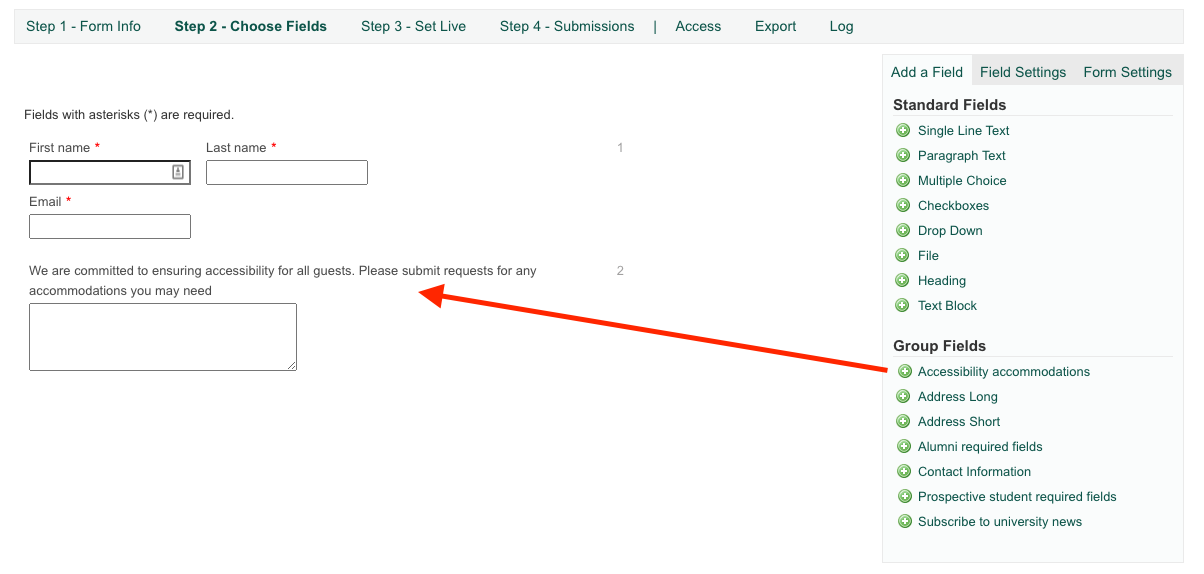Multimedia best practices
Did you know?
A recent study found that 71% of students without hearing difficulties used captions at least some of the time, primarily to help them focus and better retain information.” (Inman & Myers, 2018, p. 5)
Aside from being a legal responsibility we have for our site visitors, captioning provides benefits to everyone, not just those who are hard of hearing. It allows users to access information from different places and spaces, where having the volume up is not possible. It also benefits English as a Second Language (ESL) users to see the words spoken as they listen and watch a video. Thinking holistically about how your content and/or multimedia helps everyone, not just those that may rely on assistive technologies to navigate your site is an important part of web design and editing.
Looking at your content, both internal and external (non-WSU resources, videos, etc), and evaluating the accessibility on them is an important place to start. A few good starting points may be:
- evaluating your PDFs to determine if they are better fit on an HTML webpage
- eliminating external audio/video that do not include captioning or transcripts
- accurately captioning videos on your YouTube channel
New this month
Website
Visit our updated, standalone accessibility website! This site will be ever-evolving to include helpful links and resources to meet the demand of our campus community - staff, faculty and students alike.
Formy accommodation field
Are you hosting an event and would like to streamline asking guests if they need accommodations? We have just added a group field in Formy for you to easily use as you create an event.
